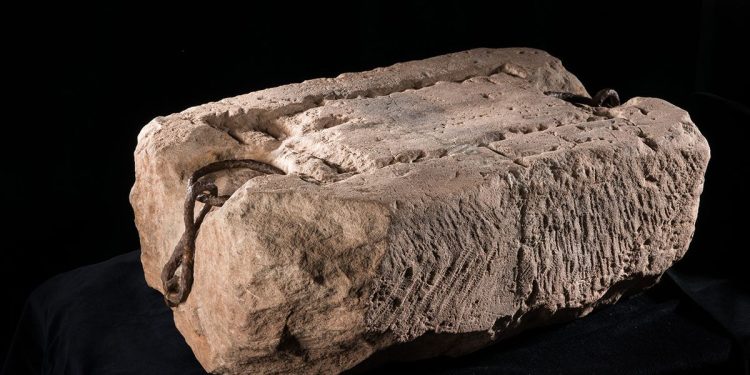New analysis has revealed hidden markings and anomalies on the legendary Stone of Destiny, offering fresh insights into its rich history and mysterious past, as it prepares for King Charles III’s coronation.
The Stone of Destiny: A Royal Tradition
The UK’s enigmatic Stone of Destiny, also known as the Stone of Scone, has long played a role in the coronation ceremonies of kings and queens. This red sandstone slab’s origins date back to around 841 CE, when it was used in the coronation of Scottish kings, though its exact origins remain unknown. As King Charles III’s coronation approaches, a recent analysis has unveiled previously hidden markings on the stone.
A Turbulent History
In 1296, King Edward I of England seized the Stone of Destiny after invading Scotland. It was then integrated into a throne in Westminster Abbey, where it has remained, serving as a part of the coronation ceremonies for British and United Kingdom monarchs. After a brief heist in the 20th century, the stone was returned to Scotland in 1996 and now resides under the care of Historic Environment Scotland (HES).
HES Unearths New Discoveries
HES recently conducted an in-depth examination of the stone ahead of the May coronation of Charles III. Through imaging and X-ray fluorescence, a 3D model was created, allowing for a detailed analysis of the stone. This study revealed traces of copper alloy, suggesting a lost bronze or brass object, as well as previously unseen markings resembling Roman numerals.
Stone of Destiny markings
Ewan Hyslop, Head of Research and Climate Change at HES, expressed excitement over these new discoveries and their potential to illuminate the stone’s unique history further. While the purpose of these markings remains uncertain, they open up new avenues for research. The analysis confirmed that the stone originated from the Scone Sandstone Formation near Perth, Scotland, and uncovered both original tool marks and evidence of 1950s restorative efforts.
As the Stone of Destiny prepares for its role in the upcoming coronation of King Charles III on May 6, 2023, these discoveries contribute to its intriguing history and enhance its authenticity.











